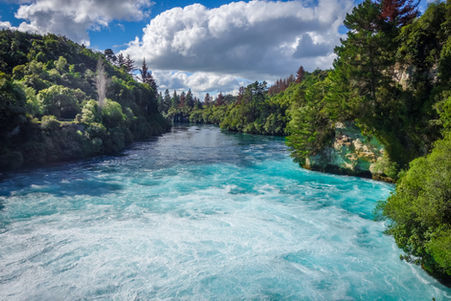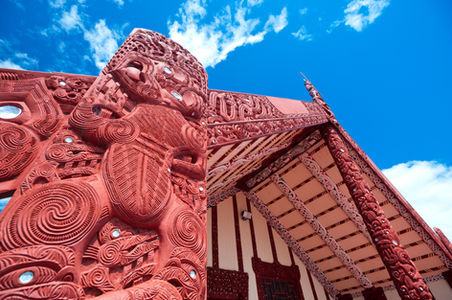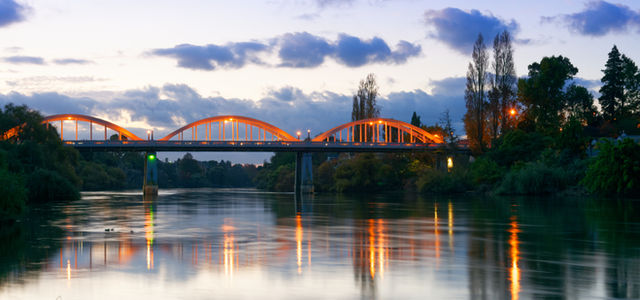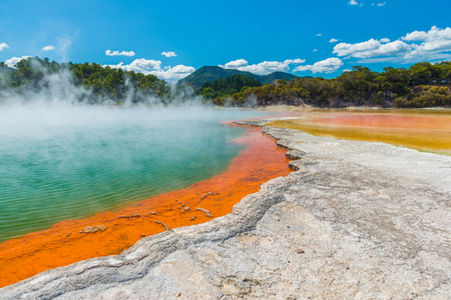

Welcome to Waikato
NAU MAI, HAERE MAI (Welcome)
Discover the essence of Waikato: a place of powerful possibilities, where mahia te mahi; ‘getting the job done’ is in our DNA.
Te Waka is the authority on how best to power up the Waikato economy for the benefit of its residents and Aotearoa New Zealand more widely. A business-led and governed organisation, our purpose is to drive economic performance across the Waikato region.



About the Waikato
The Demographics
The Waikato is the fourth largest region in Aotearoa/New Zealand, and is home to 522,600 people,
which represents 9.5 per cent of Aotearoa/New Zealand's total population. It is one of the fastest growing
regions in the country.
Covering 25,000 square kilometres, the Waikato region stretches from the Bombay Hills and
Port Waikato in the north down to the Kaimai Ranges and Mt Ruapehu in the south, and from
Mokau on the west coast across to the Coromandel Peninsula in the east. The region has
1,138 km of coastline.
The Waikato region has:
-
the longest river in Aotearoa New Zealand (the Waikato River)
-
the largest lake (Lake Taupō)
-
internationally significant wetlands
-
the country’s most important geothermal systems
-
extensive native and exotic forests, and
-
Tongariro National Park.
The Economy
The subnational gross domestic product (GDP) of Waikato is $32,789m (2023), this represents a significant proportion of Aotearoa New Zealand's national GDP. GDP per capita sits at $40,964. (2023) and the mean household income at $109,483.
The region's economy is based on health care and social assistance, Professional scientific and technical services, Agriculture, forestry and fishing, administration and support services, and finally, arts and recreation services.
The Climate
The Waikato has a moderate level of annual rainfall, ensuring excellent growing conditions year round. The maximum temperature averages 13.5 degrees Celsius in July and 24.2 degrees Celsius in February.
Councils
Thames Coromandel District Council
South Waikato District Council
Useful Links
Follow this link to learn about how to set up operations in NZ, raising capital and investor visas.
Economic Development Initiatives in Waikato
Regional Economic Development priorities include:
-
Regional Infrastructure & Investment
-
Māori Economic Development
-
Regional leadership, Strategy & Insights
-
Innovation & Growth
-
High value tourism
-
Energy and sustainability
-
Technology, Digital and ICT sectors
-
Sustainable food, agriculture and land use
-
Logistics and Distribution








